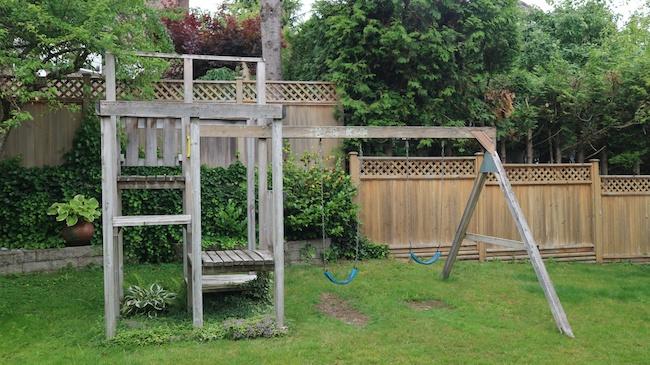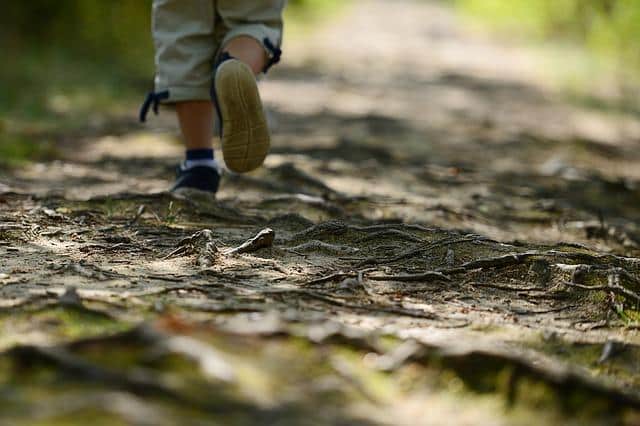If your child has been hurt on someone else’s property, even if they trespassed, you may be able to seek compensation for the injuries.
Parents are well-versed in the meaning of the phrase “kids will be kids.” The famous cliché describes the youth, curiosity, and mischief of children’s behavior.
Courts in Colorado recognize this too. There are laws to protect kids from being held to the same standards as adults. And one of the areas this protection is strongest is when it comes to trespassing.
Children under the age of fourteen are protected under a part of premises liability law known as the “attractive nuisance doctrine.” In short, the law treats young children differently than adults when they trespass on another person’s property. Because children are naturally curious, landowners and homeowners are expected to anticipate that something on their property may entice a child to enter their property without an invitation. Think of an uncovered swimming pool, an abandoned car, or a rickety old tire swing. Things that may not be attractive to an adult can appear as playgrounds to kids.
And when the trespassing child is injured in these instances, the homeowner can even be held liable for the injury.
What is an Attractive Nuisance?

An attractive nuisance is any dangerous condition, or object, on a property that would attract a child to explore and enjoy. Some possible examples are:
- Swimming pools
- Trampolines
- Hot tubs
- Abandoned cars
- Holes in the ground
- Old appliances
- Fountains
- Animals
- Playground equipment
- Lawn equipment
- Power tools
- Treehouses
- Toys
Of course, these items are only a smattering of the potentially hazardous objects that could attract a child onto another’s property. Each case is unique, but it is important to note that natural conditions (ponds, trees, etc.) are not considered attractive nuisances in most cases. To be liable for injury, an owner must create or maintain the harmful object.
A Complex Area of Law
Attractive nuisance laws are some of the most complex in the entire legal system. Not every incident of child trespassing is due to an attractive nuisance, and, even if a child is injured due to one, the property owner cannot always be held liable.
For example, one important factor that is considered is the trespassing child’s age. A pre-teen has had more life experiences than a toddler and is expected to stay away from more potentially risky situations. While a toddler has no fear and knows very little about the potential dangers of, say, an unguarded swimming pool, a pre-teen likely knows all about the risks of drowning.
To make matters more complex, the child does not even have to be trespassing for the doctrine to apply. Based on a Colorado Supreme Court decision, attractive nuisance doctrine applies to all visiting children, not just trespassing children. This increases a property owner’s legal responsibility to keep their premises safe for children, as well as the accountability they face for accidents, injuries, and even wrongful deaths that happen on their property.
Proving an Attractive Nuisance Case
If a child suffers a serious injury while on someone else’s property – either lawfully or while trespassing – parents may have grounds for a premises liability claim against the property owner. In order to substantiate the claim, the following must hold true:
- The property owner was aware of the dangerous condition or object
- The property owner should have been aware of the potential for harm
- The owner had a reason to believe that children were likely to enter the property
- The property owner knew the condition or object could cause harm to a child
- The landowner failed to protect children through exercising reasonable care
- The trespassing child, or children, were not capable of understanding all of the risks and dangers of their actions
If all of the above is true, it is negligence, and negligence is compensable. Contact us immediately.
How Colorado Law Protects Children
The law affords a family of an injured child the opportunity to file a civil suit against the person or persons who caused their child harm.
A judge and jury will typically consider factors such as:
- The severity of the injuries suffered
- The expected length of recovery
- The impact the injury will have on the child’s normal daily activities
- The impact the incident had on their relationships with friends and family
- Permanent disfigurement
In certain instances, a family may be able to recover the costs associated with out-of-pocket expenses such as:
- Replacement of personal items that may have been damaged
- The cost of any adaptive equipment that may be required
- Any modifications to the home required because of a resulting disability
- Costs incurred for any special in-home services that may be required during recovery
When to Seek Legal Counsel
If your child has been injured on someone else’s property, you only have two years (the statute of limitations in Colorado) to file a claim.
For experienced legal representation in Denver, Aurora, Colorado Springs & Pueblo, contact us at McDivitt Law Firm to ensure your family receives fair compensation for your child’s injury. Your road to recovery can be hard to navigate alone when faced with medical expenses and loss of income while you care for your injured child. If your circumstances and evidence show that your child suffered injuries due to an attractive nuisance on someone’s property, you may be able to seek compensation even if your child was technically trespassing.
Allow our legal team to review your case to determine the type and amount of damages to which you and your child may be entitled. Tap or click here to schedule your free consultation.



